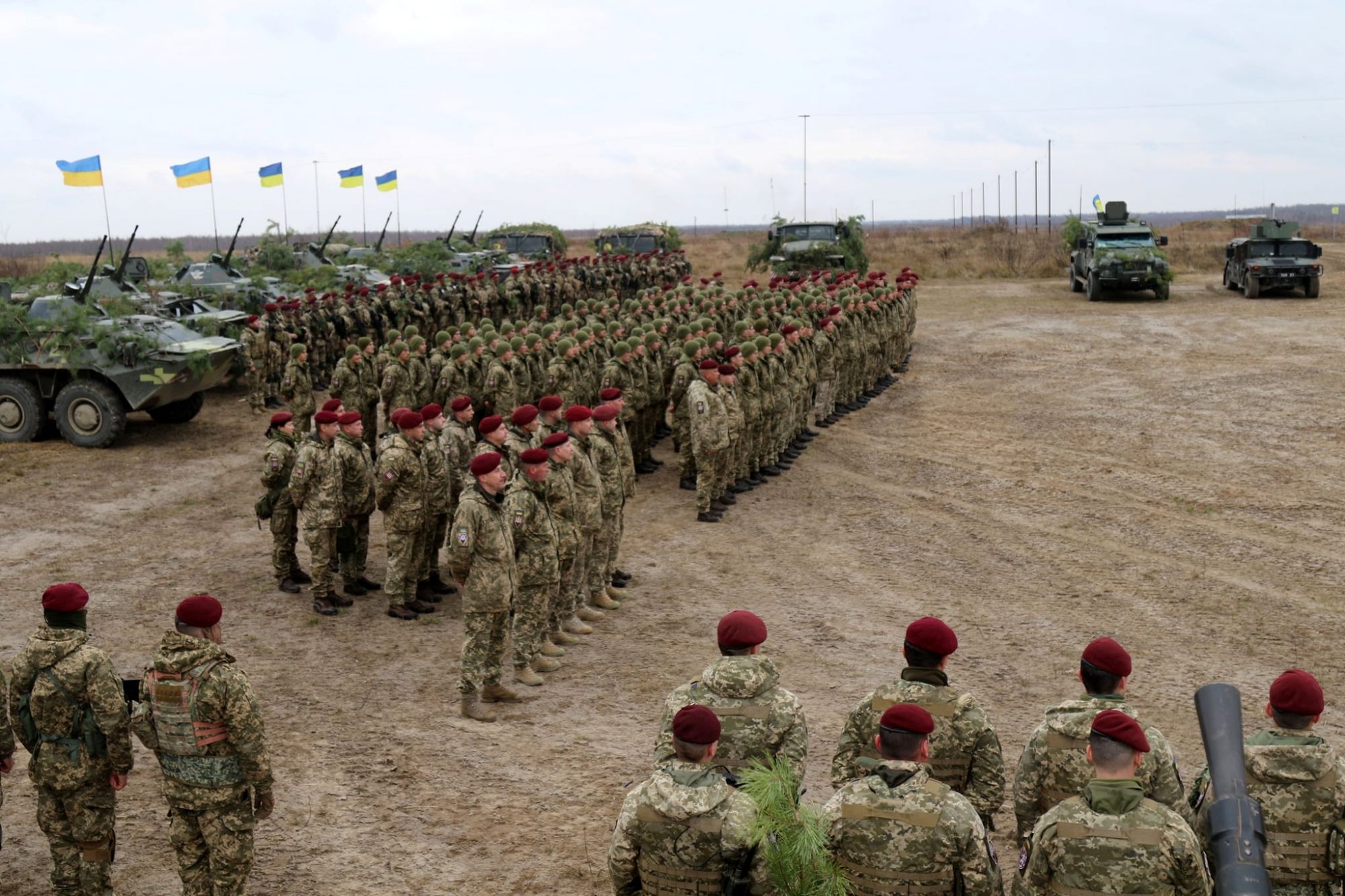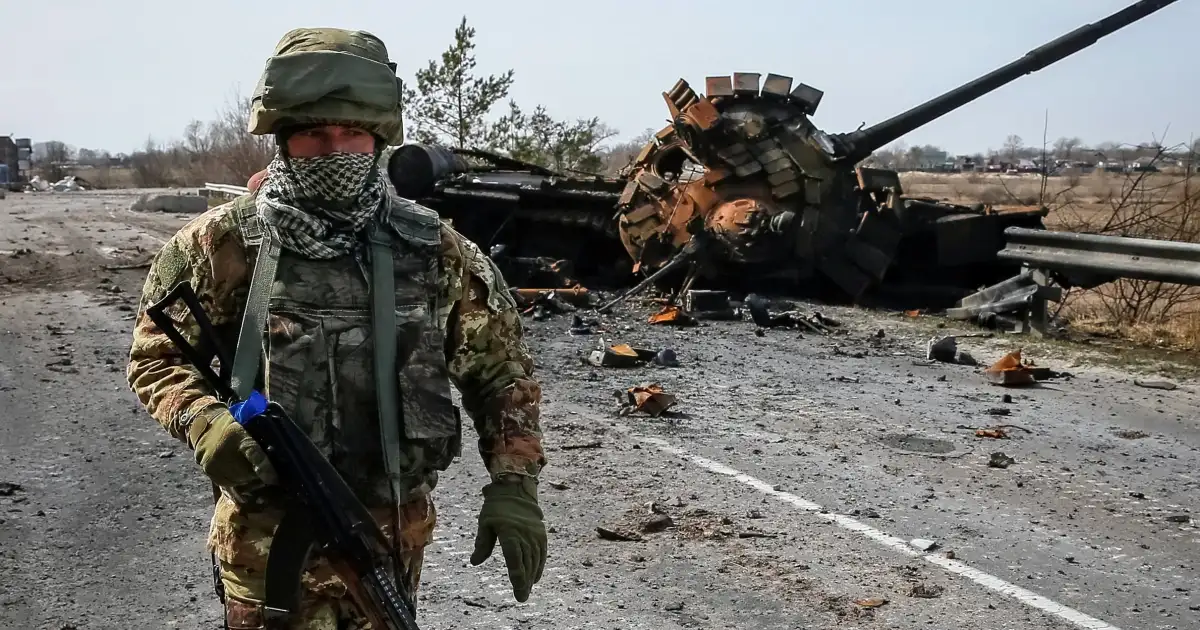Ukraine's new military attack on A Russian area denotes a huge heightening in the continuous struggle between the two countries. This move has drawn worldwide consideration and brought up issues about the timing and key goals behind the activity. Experts recommend that Ukraine's activities could be a reaction to expanding threats or an essential endeavor to acquire a benefit in the more extensive struggle.
There may be several factors that influence the decision to launch a military incursion at this time. To start with, the Ukrainian military might have recognized vital open doors that could be taken advantage of through hostile activity. Such open doors could incorporate focusing on unambiguous military resources, upsetting inventory lines, or overseeing basic regions. By stepping up to the plate, Ukraine might look to debilitate Russian safeguards and modify the elements of the contention.

One more conceivable justification for the planning of this invasion is to send areas of strength for prevention. Ukraine might be showing its capacity and eagerness to make a conclusive move in light of seen dangers or incitements from Russia. This could act as an advance notice to Russia and a sign to the global local area that Ukraine is ready to safeguard its power and regional respectability.
The global reaction to Ukraine's tactical invasion has been blended. Concerned about the possibility of a further escalation, some nations have urged both sides to exercise restraint and seek diplomatic solutions. With a focus on the significance of upholding international law and respecting national borders, other individuals have offered assistance to Ukraine. The situation is still in flux, and changes could happen quickly in the coming days.
This incursion demonstrates how complicated and ever-evolving the conflict between Russia and Ukraine is. The likelihood of further confrontations remains high as both nations continue to navigate a challenging geopolitical landscape. The global local area will be intently checking what is happening, with trust that political endeavors can help de-heighten strains and prepare for a quiet goal.

As the contention unfurls, understanding the inspirations and goals behind each side's activities will be significant for expecting future turns of events. The planning of Ukraine's tactical invasion is vital to calculate this examination, giving knowledge into the more extensive procedures at play in this getting-through struggle.
Ukraine's recent tactical activity inside Russia marks a shift in its strategy aimed at escalating pressure on Moscow. This includes targeting Russian military infrastructure, supply depots, and communication lines. Ukrainian forces are increasingly using long-range drone strikes and advanced missiles, some sourced from Western allies, to strike deep into Russian territory.
This escalation reflects Ukraine's intention to disrupt Russian logistics, destabilize internal operations, and demonstrate that it can project power beyond its borders. The strikes also serve as a response to ongoing Russian assaults on Ukrainian cities.
There may be several factors that influence the decision to launch a military incursion at this time. To start with, the Ukrainian military might have recognized vital open doors that could be taken advantage of through hostile activity. Such open doors could incorporate focusing on unambiguous military resources, upsetting inventory lines, or overseeing basic regions. By stepping up to the plate, Ukraine might look to debilitate Russian safeguards and modify the elements of the contention.

Ukraine's tactical operations inside Russia have intensified, targeting critical infrastructure like weapons depots, military bases, and transportation hubs deep within Russian territory. This shift is largely due to advancements in Ukraine’s drone technology and the acquisition of long-range missiles from Western allies. The strikes aim to weaken Russia's supply chains, hinder its war effort, and pressure the Kremlin both militarily and politically. Notably, Ukraine has been able to bypass traditional Russian air defenses with innovative tactics, such as the coordinated use of drones, overwhelming Russian response capabilities.
These attacks are part of Ukraine's broader strategy to turn the tide of the war by forcing Russia to defend its territory, which diverts resources away from the front lines in Ukraine. By creating vulnerabilities inside Russia, Ukraine hopes to stretch Russian military capacities, degrade their war-supporting industries, and potentially lower domestic morale. Ukraine's bold strikes, including those in the Tver region and against air defense systems, signal a willingness to push the conflict beyond its borders.
While Ukraine is eager for more advanced weaponry, such as the U.S.-made Army Tactical Missile System (ATACMS), the strikes are already showing effectiveness in weakening Russia’s military infrastructure. This could be critical in shaping the next phase of the war, especially as Ukraine seeks to maintain momentum in its ongoing counteroffensive operations. Nonetheless, the risk of escalation, including potential Russian nuclear threats, remains a concern, though most analysts view this as unlikely given the geopolitical dynamics at play.
With a focus on the significance of upholding international law and respecting national borders, other individuals have offered assistance to Ukraine. This includes targeting Russian military infrastructure, supply depots, and communication lines. Ukrainian forces are increasingly using long-range drone strikes and advanced missiles, some sourced from Western allies, to strike deep into Russian territory.
To start with, the Ukrainian military might have recognized vital open doors that could be taken advantage of through hostile activity. Such open doors could incorporate focusing on unambiguous military resources, upsetting inventory lines, or overseeing basic regions.By stepping up to the plate, Ukraine might look to debilitate Russian safeguards and modify the elements of the contention.







